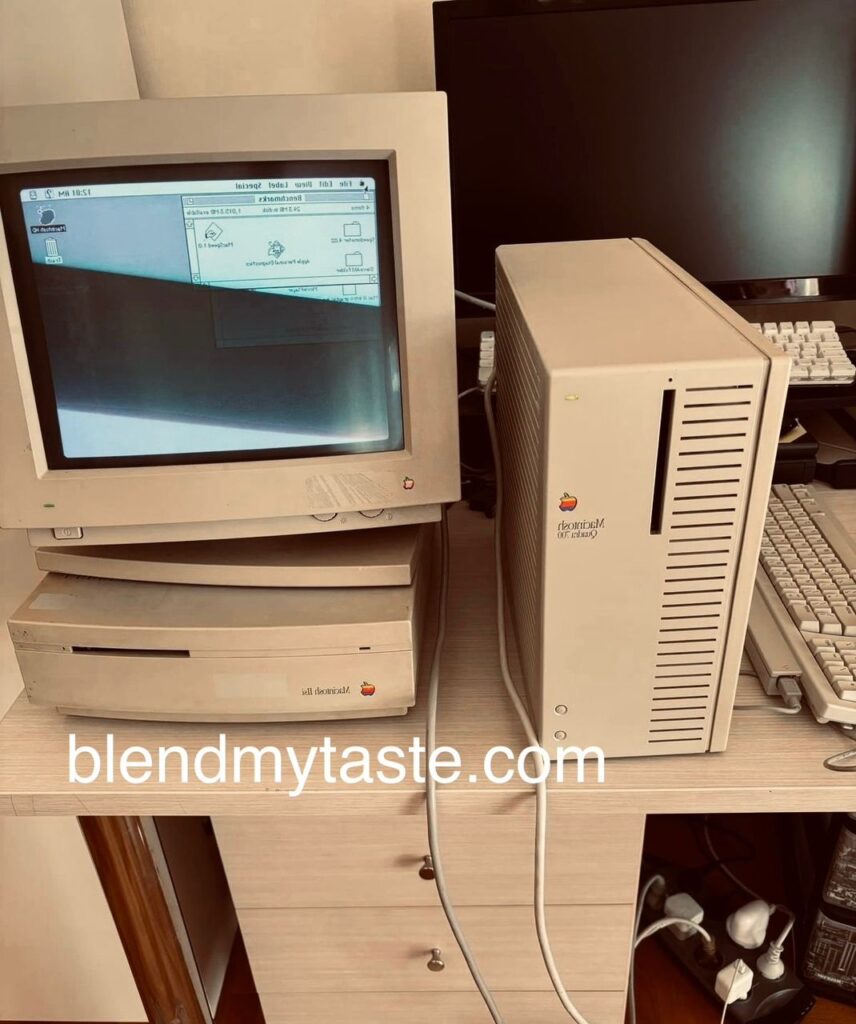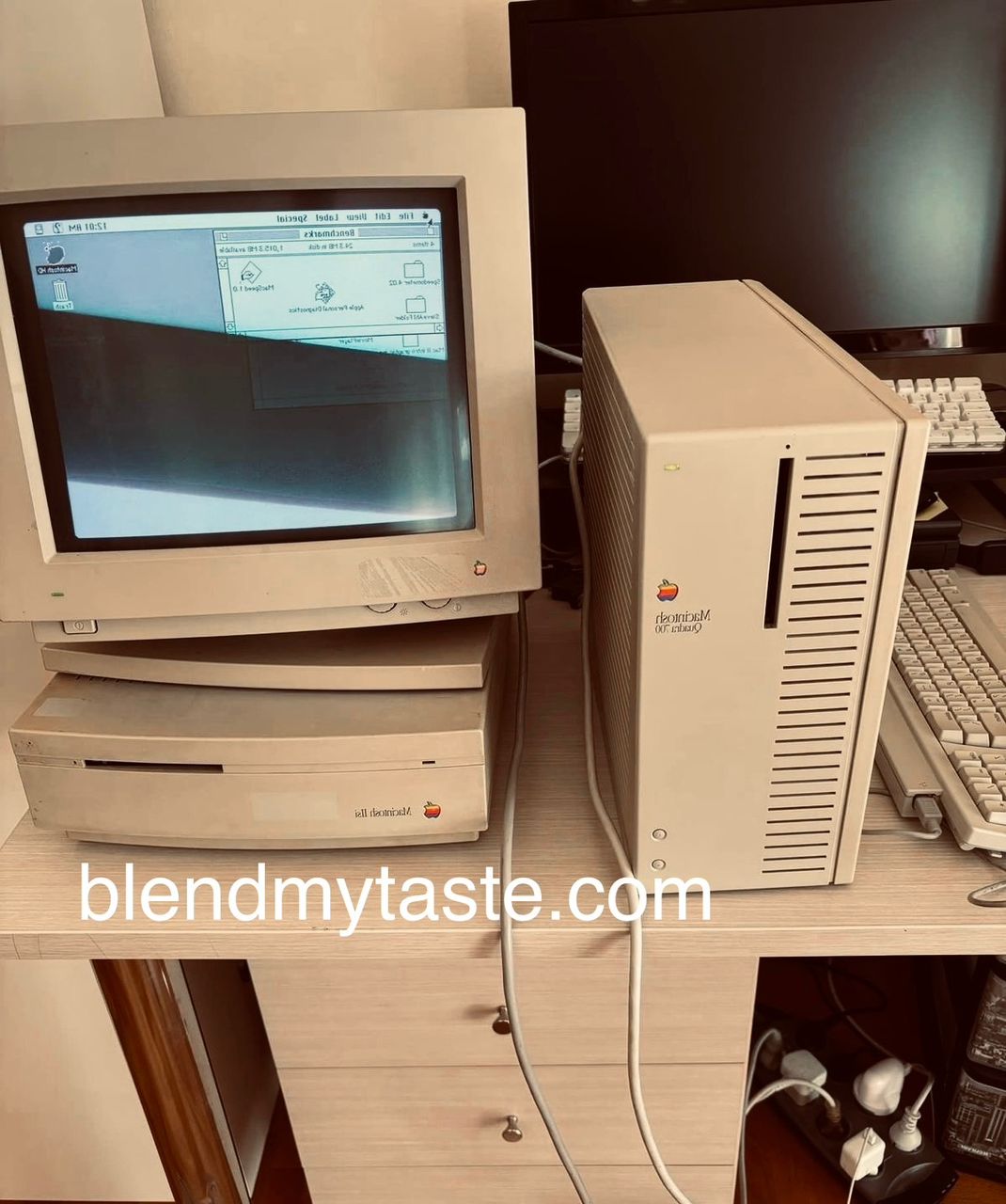
Microcomputers are in a state of continuous evolution. Some computers, do things better than others- are easily to run, for instance, or run more kinds of applications. Why this behavior? One important reason is the system software, the “background” software that acts as an interface between application programs and the inputs, outputs, and processing devices.
There are three basic types of system software that you need to know about- operating systems, utility programs, and language translators.
- Operating Systems: An operating system is the principal component of system software in any computing system
- Utility Programs: Utility programs are generally used to support, enhance or expand existing programs in a computer system. Most system software bundles utility programs for performing common tasks such as merging two files into one file or performing backup. Other external, or commercial, utility programs (such as Norton Utilities) available separately for example, a utility to recover damaged files. We describe external utility programs letter in this chapter.
- Language Translators : A language translator is software that translate a program written by a programmer in a language such as C- for example, a word processing program- into machine language (0s and 1s), which the computer can understand.
The Operating System
The operating system manages the basic operations of computer. This operations include booting the computer management of storage media. Another feature is the user interface, which may be command- driven, menu – driven, graphic, network. Other operations are managing computer resources and managing files. The operating system also manages tasks through multitasking, multi-programming, time-sharing, or multiprocessing.
The operating system (OS) consists of the master system of programs that manage the basic operations of the computer. These programs provides resource management services of many kinds, handling such matters as they control and use of hardware resources, including disk space, memory, CPU time allocation, and peripheral devices. The operating system allows you to concentrate on your own tasks or applications rather than on the complexities of managing the computer.
Different sizes and makes the computer’s have their own operating systems. For example, Cray supercomputers uses UNICOS and COS, IBM mainframes are MVS and VM, Data General mini computers (midrange computers) use AOS and DG, and Compaq mini computers use VAX/VMS. Pen-based computers have their own operating systems- PenRight, PenPoint, Pen DOS, and PDA’s used mobile Windows – a strip-down version of Microsoft Windows. All these operating systems p are not compatible with one another. That is, in general, an operating system written for one kind of hardware will not be able to run on another kind of machine.
Microcomputer users may readily experience the aggravation of such incompatibility when the acquire a microcomputer. Do they get an apple Macintosh with Macintosh system software, which won’t run PC programs? Or do they get a PC (such as IBM, Compaq, or Dell), which won’t run Macintosh programs?
Before we try to sort out this perplexities, we should see what operating systems, in general, do that deserve our attention. We consider:
- Starting-up computer
- Managing storage media
- User interface
- Management computer resources
- Managing files
- Managing tasks
Starting-up Computer
The starting up process, otherwise call the booting process begin to operate as soon as you turn on, or “boot”, the computer. The term booting refers to the process of loading and operating system into a computer’s main memory from disk. This loading is accomplished by a program (called the bootstrap loader or boot routine) that is stored permanently in the computer’s electronic circuitry.
When you turn on the machine, programs called diagnostic routines start up and test the main memory, the central processing unit, and the other parts of the system to make sure they are working properly. As these programs are running, the display screen may show the message “Testing RAM” (main memory).
Next, other programs (indicated on your screen as “BIOS” for basic input/output system) will be copied to main memory to help the computer interpret keyboard characters or transmit characters to the display screen or to a diskette.
Then the boot program fetches the operating system, usually from hard disk, and loads it into the computer’s main memory. The operating system remains the main memory until you turn the computer off. With newer operating systems, the booting process puts you to into a graphically designed starting screen, from which you choose the applications programs you want to run for the files you want to open.
Managing Storage Media
If you have not entered a command to start an applications program, what else can you do with the operating system? What important function is to perform common repetitious tasks involved with the managing storage media.
An example of such task is formatting of blank diskette. Before you can use a diskette you have just bought, you may have to format it. Formatting or initialising, electronically prepare a diskette so it can store data or programs. (On a PC, for example, you might insert your blank diskette into drive A and choose format from the file menu) Nowadays, however, it’s easier to buy performated diskettes, which bear the label “Formatted IBM” or “Formatted Macintosh”. These are sold everywhere. Note that one never formats a hard disk unless one wants to erase everything on it. Formatting a diskette or disk gets rid of everything that has previously been written to it.
Managing Computer Resources
Suppose you are writing a report using a word processing program and want to print out a portion of it while continuing to write. How does the computer manage both task?
Behind the user interface, the operating system acts like a police officer directing traffic. This activity is performed by the supervisor, or kernel, the central component of the operating system. The supervisor, which manages the CPU, resides in (is “resident in”) main memory while the computer is on and directs other “non-resident” programs to perform task to support applications programs. Thus, if you enter a command to print your document, the applications software directs the operating system to select a printer ( if there is more than one). Then the operating system notifies the computer to begin sending and instructions to the appropriate system program (known as the printer driver, because it controls, or “drives” the printer). Meanwhile, meaning operating systems allow you to continue writing in your applications software. Were it’s not for this supervisor program, you would have to stop writing and wait for your documents to print out before you could resume.
The operating system also manages memory- it keeps track of the locations within main memory where the programs and data are stored. It can swap portions of data and programs allows a computer to hold only the most immediately needed data and program within main memory. Yet it has ready access to programs and data on the hard disk nearby greatly expanding memory capacity.
Managing Files
Files of data and programs are located in many places on your hard disk and other secondary storage devices. The operating system allows you to find them. If you move, or delete a file, the operating system manages such changes and helps you locate and gain access to it.
Some examples of file management commands are:
- Copy: you can copy, or duplicate, files and programs from one disk to another.
- Backup: you can back up, or make a duplicate copy of, the contents of disk.
- Erase: you can erase, or remove, from a disk any files or programs that are no longer useful.
- Rename: you can rename, or give new fine names to, the files on the disk.
Managing Tasks
A computer is requires to perform many different tasks at once. In word processing, for example, it accepts input data, stores the data on a disk, and print out a document- seemingly simultaneously. Some computers operating systems can also handle more than one program at the same time- word processing, spreadsheet, database searcher – displaying them in separate windows on the screen. Others can accommodate the needs of several different users at the same time. All this examples illustrate process, or task, management – a “task” being an operation such as storing, printing or calculating.
